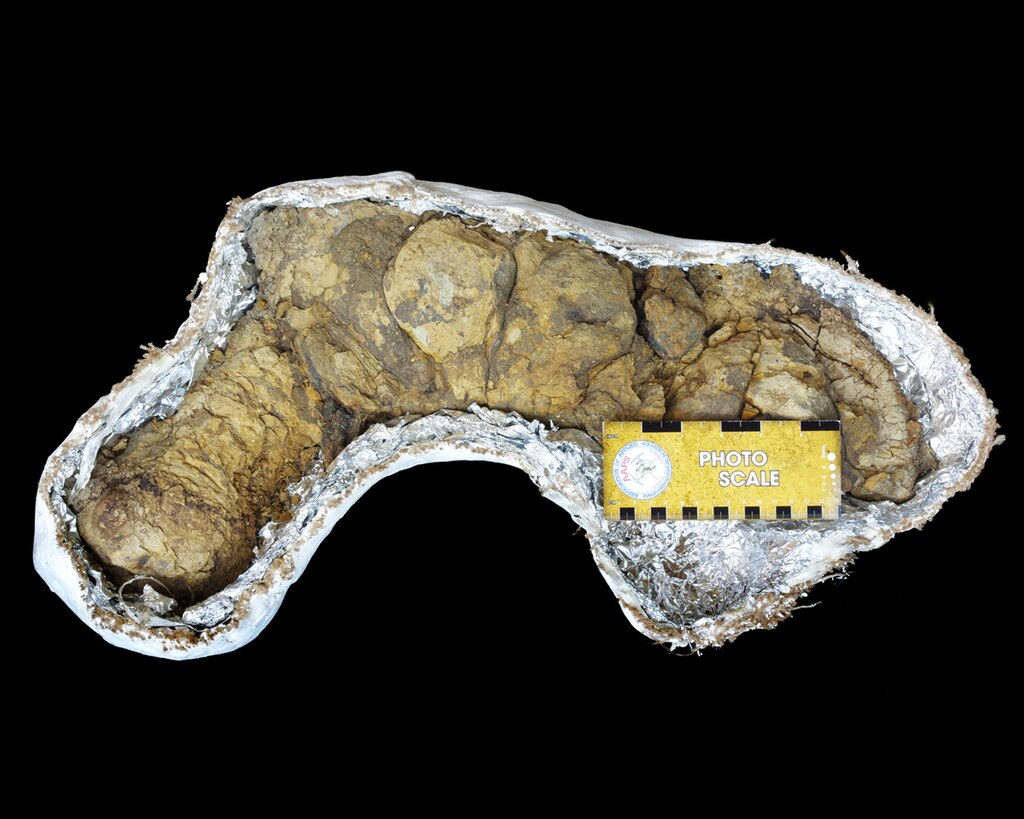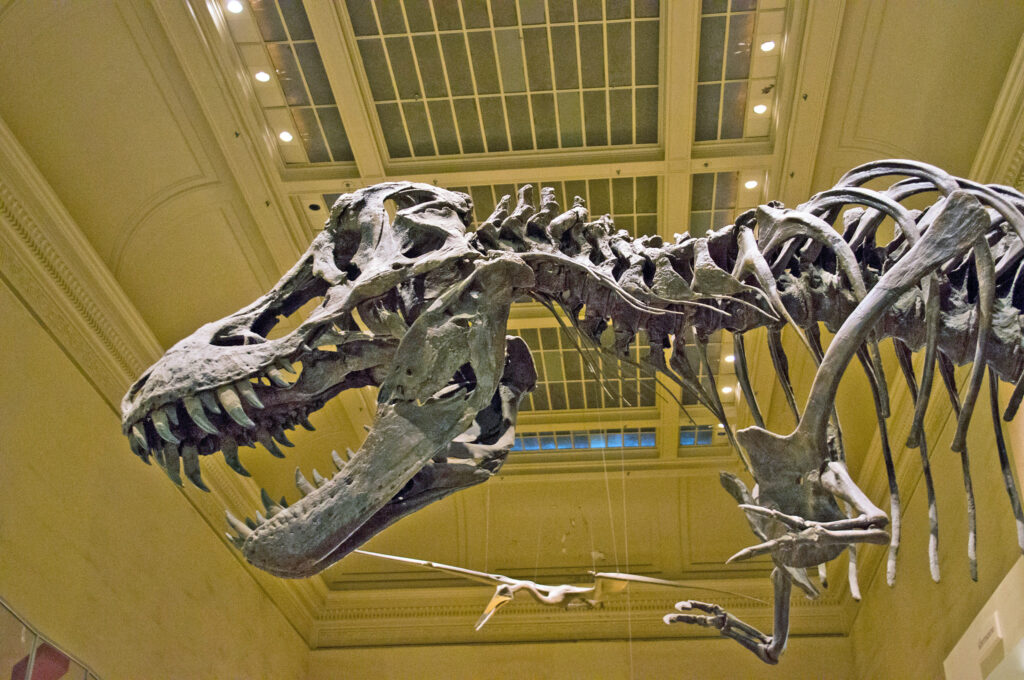When Steven Spielberg’s groundbreaking film “Jurassic Park” roared into theaters in 1993, it didn’t just revolutionize special effects and bring dinosaurs to life—it also introduced audiences worldwide to Dr. Ellie Sattler, a character who would quietly transform the portrayal of female scientists in mainstream cinema. Played by Laura Dern, Sattler wasn’t merely decorative or relegated to a romantic subplot; she was a brilliant paleobotanist whose expertise, courage, and agency were central to the story. In an era when female scientists were often stereotyped or sidelined in blockbuster films, Sattler broke new ground and created a template that would influence character development for decades to come.
Breaking the “Token Female Scientist” Mold

Prior to Dr. Ellie Sattler’s appearance, female scientists in blockbuster films often fell into predictable stereotypes—either as cold, socially awkward researchers or as assistants to male protagonists whose primary function was to admire the hero’s brilliance. Sattler shattered these limitations by being simultaneously brilliant and personable, passionate about her work yet relatable to audiences. She was neither desexualized in the name of intellect nor hypersexualized at the expense of her credibility. Instead, she inhabited a realistic middle ground, wearing practical field clothes and displaying both professional expertise and natural charisma. This nuanced portrayal showed audiences that a female scientist could be complex, competent, and compelling without conforming to established Hollywood archetypes.
Asserting Scientific Authority in a Male-Dominated Narrative
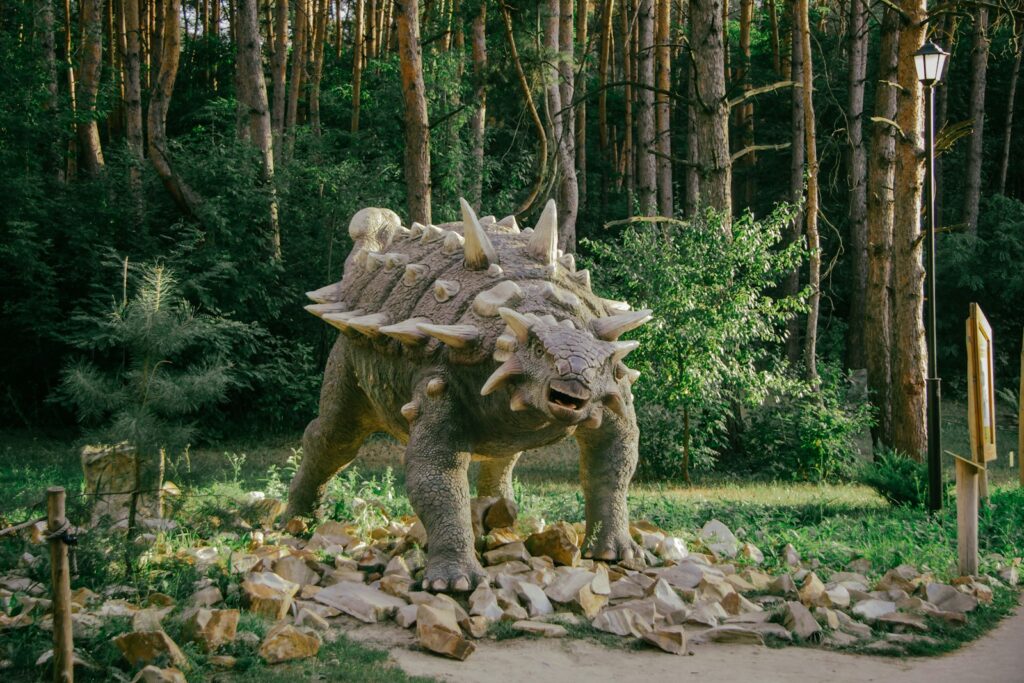
Throughout “Jurassic Park,” Dr. Sattler demonstrates her scientific expertise with confidence and authority, even when surrounded by male colleagues and investors. In several key scenes, she corrects misconceptions and offers critical insights that move the narrative forward. When examining a sick Triceratops, she dives into its droppings without hesitation—a moment that epitomizes her dedication to scientific discovery over concerns about appearing “ladylike.” Her famous line to Dr. Grant about females being in charge of the dinosaur population—”Woman inherits the earth”—serves as both scientific fact and subtle commentary on gender dynamics. This portrayal was revolutionary because it showed a female scientist whose authority was never questioned within the film’s universe, even as the real-world scientific community continued to struggle with gender parity.
Physical Agency and Action Hero Credentials

Dr. Sattler broke significant ground by combining intellectual prowess with physical capability and courage. Unlike many female characters in action films of the era, she wasn’t relegated to screaming or waiting for rescue when dinosaurs began hunting the humans. Instead, she volunteered for dangerous missions, including restoring the park’s power by navigating to the maintenance shed alone. She ran from dinosaurs, climbed fences, and participated fully in survival scenarios without being portrayed as weaker than her male counterparts. This physical agency was revolutionary for female scientist characters, who had typically been confined to laboratories or passive roles. By showing Sattler as both intellectually and physically capable, the film suggested that scientific women could be action heroes in their own right, a concept that would influence countless films that followed.
Professional Identity Over Romantic Subplot

One of the most refreshing aspects of Dr. Sattler’s character was how the film prioritized her professional identity over her romantic relationship. While there was a subtle romantic subplot with Dr. Alan Grant, it never overshadowed her role as a scientist or reduced her to a love interest. Their relationship was portrayed as one between equals and colleagues first, with romance as a secondary element. The film never suggested that Sattler’s scientific career was less important than her personal life or that she would need to choose between them. This approach was strikingly different from many films of the era, which often suggested that professional women would need to sacrifice career for love or vice versa. By presenting a balanced portrayal, “Jurassic Park” offered a more progressive vision of female scientists’ lives.
Challenging Gender Expectations Through Dialogue
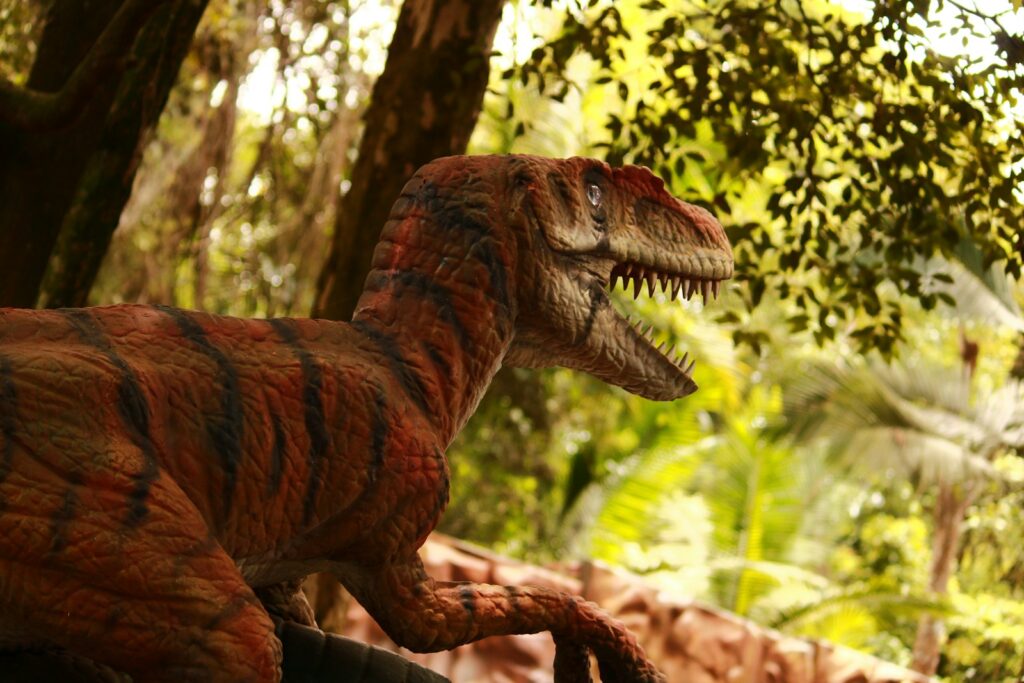
Dr. Sattler’s dialogue throughout the film serves as a subtle but effective challenge to gender expectations in science. When John Hammond suggests that she might not want to engage in certain tasks because she’s a woman, she responds with the iconic line, “We can discuss sexism in survival situations when I get back.” This moment acknowledges gender bias while firmly rejecting it, establishing Sattler as someone who won’t be limited by others’ preconceptions. Similarly, her exchanges with Dr. Ian Malcolm—who flirts with her despite her relationship with Grant—allow her to establish boundaries while maintaining professionalism. These verbal interactions demonstrate her ability to navigate gender politics without letting them define her, providing a template for how female scientists might assert themselves in challenging professional environments.
Visual Representation: The Power of Practical Field Attire

The visual presentation of Dr. Sattler broke important ground in how female scientists were depicted on screen. Rather than being stylized or glamorized, Sattler wore practical field clothes—khaki shorts, boots, and a blue shirt tied at the waist—attire that prioritized functionality for paleontological work. This costuming choice was revolutionary in an era when female characters were often visually designed primarily for male viewers’ appreciation. Her practical appearance reinforced that she was a working scientist first and foremost, while still allowing her to appear natural and comfortable in her own skin. This visual representation has had lasting impact, influencing how female scientists are dressed in films and television shows even decades later, with many productions adopting similar practical approaches to costume design for scientific women characters.
Intergenerational Mentorship and Professional Legacy

Dr. Sattler’s character also broke new ground by depicting professional mentorship between women in science. In a brief but significant interaction, she encourages Hammond’s granddaughter Lex to consider a future in computer science after the young girl demonstrates her hacking abilities. This small moment acknowledged the importance of women scientists encouraging girls’ interest in STEM fields. It was a forward-thinking inclusion in 1993, years before widespread discussions about the gender gap in technology and science would become mainstream. By showing this intergenerational encouragement, the film suggested that female scientists like Sattler weren’t anomalies but part of a continuing legacy that would include younger generations. This aspect of her character anticipated later cultural conversations about the importance of representation and mentorship in addressing gender disparities in scientific fields.
Emotional Intelligence as Scientific Strength

Dr. Sattler redefined expectations by presenting emotional intelligence as a complementary strength to scientific knowledge, rather than a contradiction to it. She demonstrated empathy and perceptiveness throughout the film, from comforting an ill triceratops to understanding the complex dynamics between Hammond and his grandchildren. Importantly, the film never portrayed these emotional capabilities as undermining her scientific credibility; instead, they enhanced her effectiveness as a scientist who could see beyond pure data. This representation challenged the false dichotomy often presented in films, where female characters were forced to choose between being emotionally attuned or intellectually rigorous. By showing that these qualities could coexist productively, Sattler’s character offered a more holistic vision of what scientific excellence could look like.
Evolution Across the Franchise
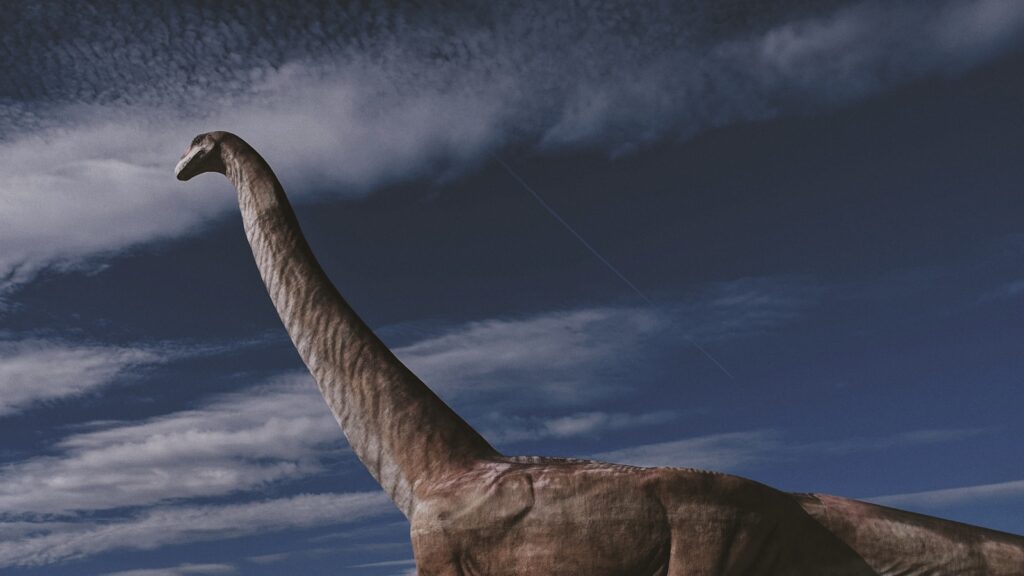
Dr. Sattler’s character continued to evolve throughout the Jurassic Park franchise, further developing the template she established for female scientists in blockbuster cinema. Her return in “Jurassic Park III” showed her with a successful career and family, refusing the either/or proposition often forced upon female characters. Her most recent appearance in “Jurassic World: Dominion” portrayed her as an environmental activist and established scientist whose expertise is crucial to saving the world’s food supply. This long-term character development was significant because it showed a female scientist aging and evolving professionally over decades, something rarely depicted in action-adventure franchises. By following Sattler through different life and career stages, the franchise has provided one of Hollywood’s most sustained portraits of a woman’s scientific career trajectory.
Cultural Impact on Audience Perceptions

The cultural impact of Dr. Ellie Sattler extended far beyond the screen, influencing how audiences—particularly young viewers—perceived female scientists. Numerous women in STEM fields have cited Sattler as an inspiration for their career choices, demonstrating the power of media representation in shaping professional aspirations. Released when conversations about gender representation in science were less mainstream than today, the character provided a reference point that normalized the idea of women conducting field research in traditionally male-dominated areas like paleontology. In surveys of scientists about media influences, Sattler is frequently mentioned as a positive portrayal that countered stereotypes about who could succeed in scientific careers. This real-world impact underscores how groundbreaking the character was in shifting cultural perceptions about gender and science.
Comparison with Contemporary Female Scientist Characters

When compared to other female scientist characters of the same era, Dr. Sattler’s portrayal stands out as particularly progressive and influential. While characters like Dr. Christmas Jones in “The World Is Not Enough” (1999) were criticized for prioritizing glamour over credibility, and Dana Scully from “The X-Files” (though groundbreaking in her own right) often had her scientific rationality contrasted with male intuition, Sattler faced no such limitations. Her characterization avoided both the “ice queen” stereotype of highly intelligent women and the “damsel scientist” trope where female researchers need male rescue. By sidestepping these common pitfalls, Sattler established a new paradigm for how female scientists could be portrayed—as complete human beings whose gender neither defined nor limited their scientific contributions. This approach influenced later characters from Dr. Jane Foster in the Marvel films to Dr. Ellie Arroway in “Contact.”
Legacy and Influence on Contemporary Cinema
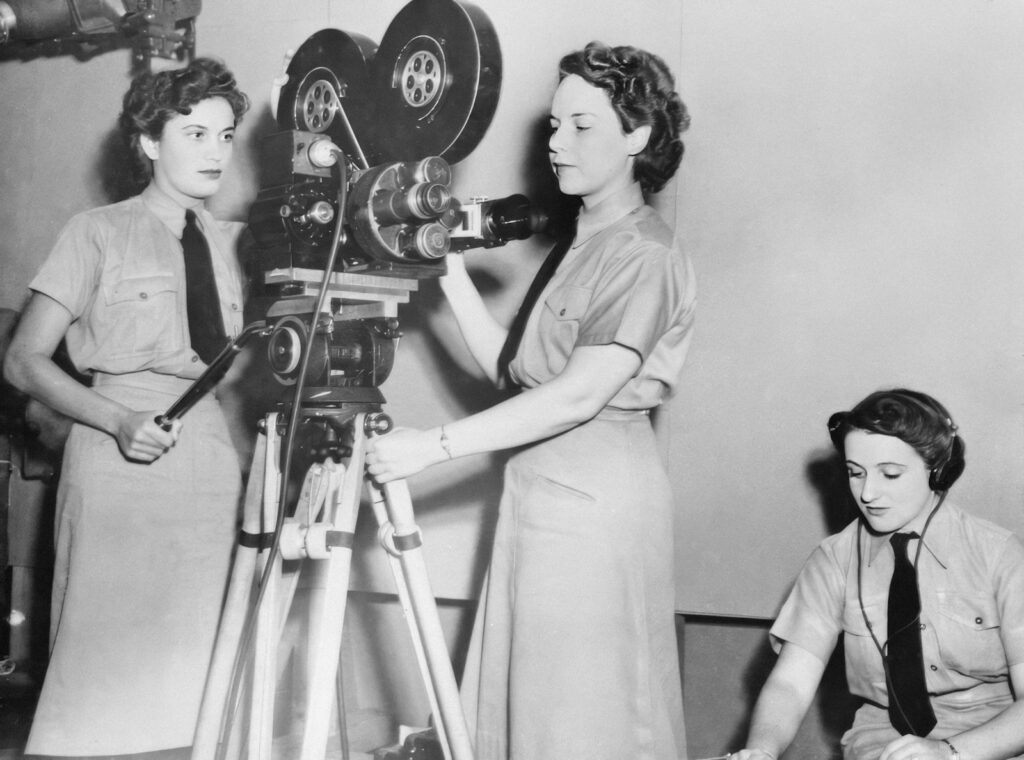
The legacy of Dr. Ellie Sattler can be seen in numerous female scientist characters who followed her in blockbuster cinema. From Dr. Ryan Stone in “Gravity” to Dr. Jane Foster in the Thor films and Dr. Maru in “Wonder Woman,” subsequent portrayals of female scientists have built upon the foundation Sattler established. These characters share key attributes with Sattler: they possess unquestioned expertise, physical capability, and complex personalities that extend beyond their scientific roles. The increase in prominent female scientist characters in major films over the past three decades can be traced in part to Sattler’s successful demonstration that such characters could resonate with mainstream audiences. By proving that female scientists could be central to blockbuster narratives without being tokenized or stereotyped, Sattler’s character opened doors for more diverse and nuanced representations of women in science across the cinematic landscape.
Conclusion
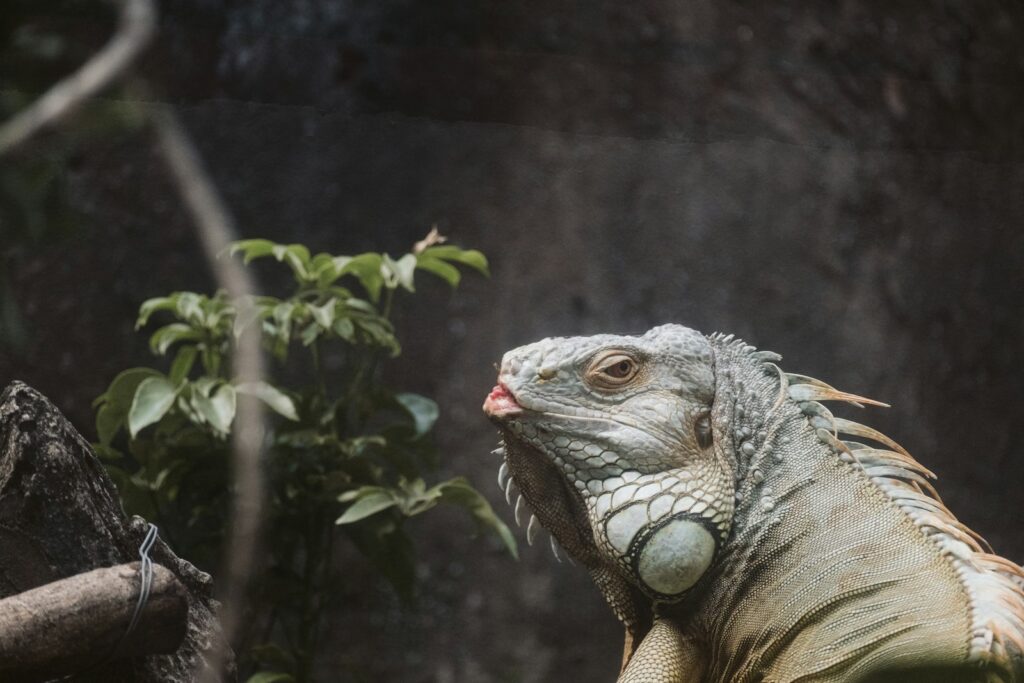
Dr. Ellie Sattler’s impact on the portrayal of female scientists in cinema cannot be overstated. By combining scientific brilliance with practical capability, emotional intelligence, and uncompromised agency, she created a new template that expanded possibilities for female characters in blockbuster films. In an era when discussions about gender representation were less developed than today, Sattler quietly revolutionized expectations by simply existing as a complete, complex scientist who happened to be a woman. Her influence extends from the countless scientists she inspired in real life to the more nuanced female characters that now populate science fiction and action films. As cinema continues to evolve in its portrayal of women in STEM fields, Dr. Ellie Sattler remains a pioneering figure whose legacy can be seen in every female scientist character who doesn’t have to choose between being brilliant and being human.


